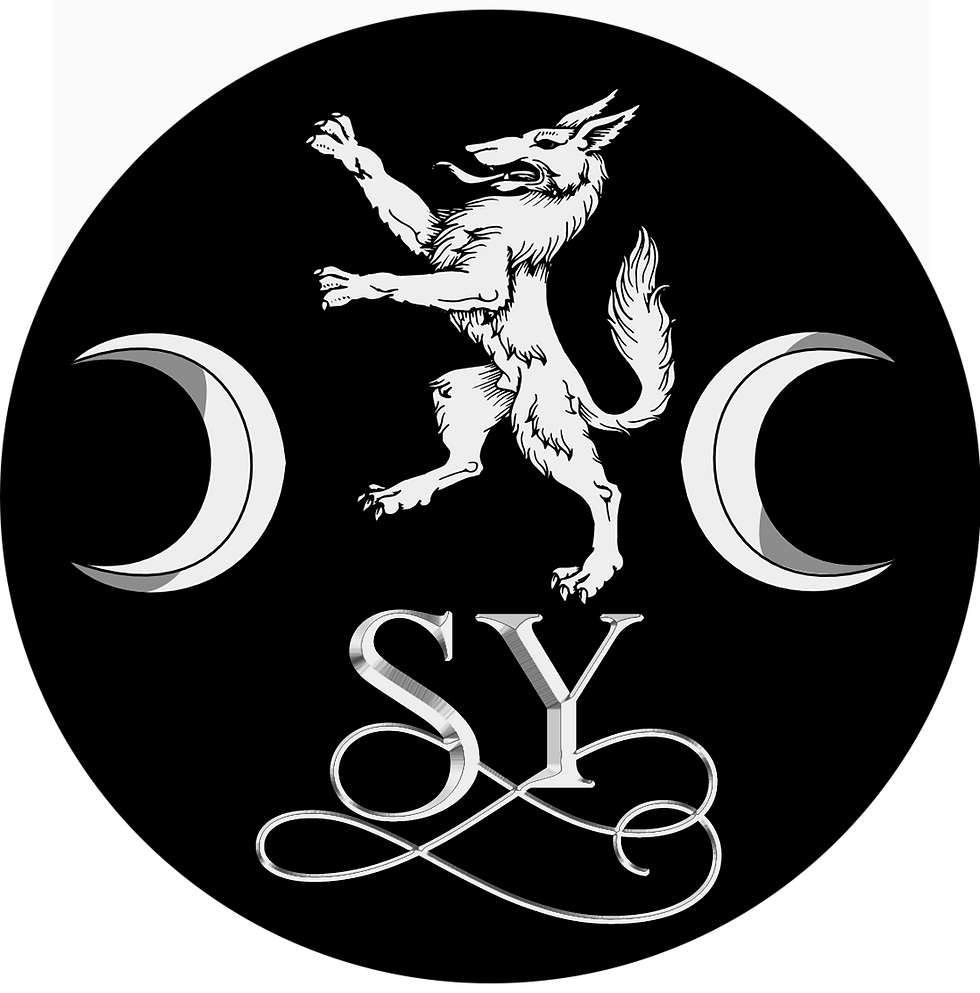
I'm currently working on some page overlays for the physical copies of my rdr2 fic. I decided to make them because I have quite a lot of character art based on scenes in the book, and I think it would be a cool thing to have in my personal portfolio. In this post, I will be running through the basics of what a page overlay is so you know what I am going to be making.
I'll start with a picture as an example:

This example shows a render of Violet, the lead from the book, over one of the chapter title pages. The idea is to create a piece of artwork which shows a character, scene, location etc from the book, and then print it onto transparent (or semi-transparent) paper so that the page can be seen through it. It is removable (I am printing them myself and adding them to a printed edition of the book) and is inserted as artwork so that it can be removed to read the page. There are a lot of ways to approach page overlays from a creative perspective. Another example would be using them only over the title pages and making sure the art doesn't obscure any text like this:

Some people like to create a border, or artwork that covers up something important in the page etc.
I'm just doing what feels right for my book, and sharing some of the artwork I have craeted based on it because I think the idea is cool.
This is how the overlay I've used in the examples looks on its own:

At the moment I have two of my overlays finalized, but I am still working on the others. I will try to document the creative side of this as well as the practical side, but it can be difficult to explain why I have made certain choices when the honest answer is just "I thought it looked cool"
From a practical standpoint, I am using the following programs to create these overlays: Marvelous Designer (used to create some of Violet's outfits) Daz Studio (used for the rendering. Everything from creating the characters, lighting the scene, posing the models, and creating the bae image itself) Photoshop (used to fine tune the images and get them ready for print)
My general workflow for creating and deciding on art for the overlays is: 1. Decide on scenes or characters I think would benefit from having an overlay included 2. Roughly compose the scene on Daz Studio 3. Create any assets necessary on Marvelous Designer 4. Finalize the scene on Daz Studio 5. Light the scene on Daz Studio 6. Render the scene in low res (i.e it would be pixelated at a large size) to check for any issues in composition etc When I have a few of these lower resolution scenes rendered, I run through them and look at them to decide which I like, which have the right vibes, which I am going to scrap etc. The final steps are:
1. Make any adjustments to the scene, then render in high res (i.e it would still be sharp at a larger size than it will be in the book)
2. Post production in Photoshop
3. Save the file ready to print
I won't go through absolutely everything in future posts, but I will try to share things in a way that is helpful and potentially inspires other people to try this for their own work.
Comments